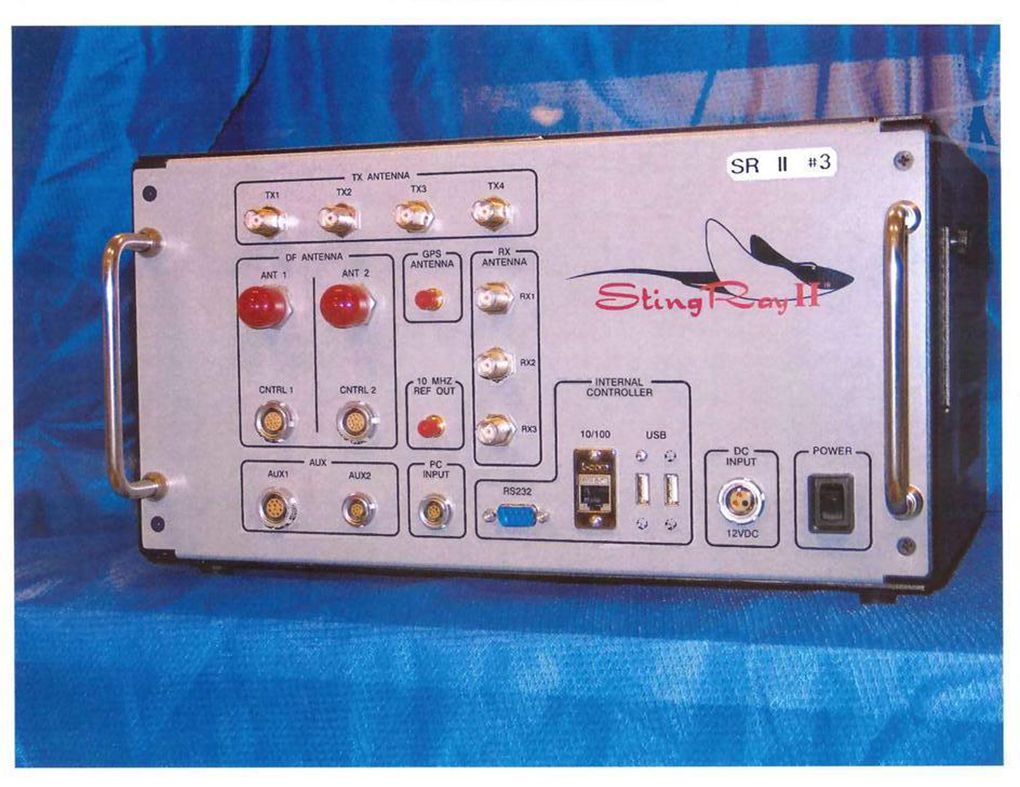
According to news released from the Blow & Drive Interlock Corporation (BDIC) The Alcohol Ignition Interlock Industry is experiencing tremendous growth as more and more states continue to pass laws requiring Ignition Interlock Devices for DUI/DWI offenders.
The Centers for Disease Control and Prevention (CDC) reports that requiring or highly incentivizing interlocks for all convicted drunken drivers reduces drunken driving recidivism by 67 percent. The CDC recommends ignition interlocks for everyone convicted of DWI, even for first offenders.
Mothers Against Drunk Driving (MADD) Continues to Push for Tougher DUI Laws. In 2006, there were only 100,000 interlocks installed in the United States. As of July 2013, there were nearly 305,000 interlocks in use.
NEW 2016 IGNITION INTERLOCK LAWS
Texas: Gov. Greg Abbott signed House Bill 2246 into law in June 2015, allowing those convicted of DWI with blood alcohol content less than 0.15 percent to be able to drive as long as they have an ignition interlock system installed in their car.
New Hampshire: After Jan. 1st 2016, anyone convicted in New Hampshire for a first offense of driving while intoxicated can petition a judge for a limited driver’s license that will allow them to drive to work, school or medical appointments, while their license is suspended, the new law comes with a host of restrictions – including installation of an alcohol-detecting automotive interlock device.
Illinois: New Ignition Interlock Law goes into effect January 1st, 2016, requiring anyone convicted of two or more DUIs to install a Breath Alcohol Ignition Interlock Device on their vehicles for 5 years.
South Carolina: Governor signed Emma’s Law, which requires all offenders, including first-time offenders, with a blood alcohol concentration (BAC) of .15 or greater mandated installation of an ignition interlock device.
Hawaii: New Law Requires Ignition Interlock Users to drive with a Hawaii ID Card. The new law, Act 40, goes into effect on Jan. 1, 2016
PENDING IGNITION INTERLOCK LEGISLATION
Federal: Legislation, called “Alisa’s Law”, would require all first time DUI offenders in all 50 states to have an ignition interlock device installed in their vehicle for up to 2 years
Pennsylvania: Senate unanimously approved Senate Bill 290, which would require all repeat convicted drunk drivers as well as first-time offenders with a blood-alcohol concentration of .10 or above to use the alcohol ignition interlock devices.
Oregon: House Bill 2660 Provides court discretion to order person participating in driving while under influence of intoxicants a diversion agreement to install an ignition interlock device if person submitted to chemical test of person’s breath, blood or urine and test disclosed blood alcohol content below 0.08 percent by weight.
Washington: House Bill 1276 includes many provisions to deal with impaired driving.
Ohio: Lawmakers introduced a bill, called Annie’s Law, calling for ignition interlocks to be installed on vehicles if the driver has been convicted two or more times for drunk driving.
Indiana: Lawmakers plan to discuss the problem of repeat drunk drivers this legislative session, including a bill that would improve the ignition interlock system in Indiana.
Wisconsin: Lawmakers have proposed closing a loophole in state law so people who are required to have an ignition interlock device in their vehicle would face criminal punishment if they get caught driving a vehicle without such a device
Massachusetts: State Senate proposed a bill that would give drunk drivers a chance to avoid a license suspension, requiring them instead to install an ignition interlock
Maryland: Governor Larry Hogan is trying to push through one of his latest initiatives, which would require drivers arrested on drunk-driving charges to install an ignition interlock device inside their vehicle.
MADD will continue to push for stricter DUI Laws, and they will continue to Ask More States to pass All-Offender Ignition Interlock Legislation in an effort to keep the roads safe for sober motorists. From only one state requiring interlocks in 2006 today twenty‐six states require or highly incentivize the use of ignition interlocks for every convicted offender and as a result they have reduced drunk driving deaths by 24% overall.
Please contact my office if you, a friend or family member are charged with a crime. Hiring an effective and competent defense attorney is the first and best step toward justice.











